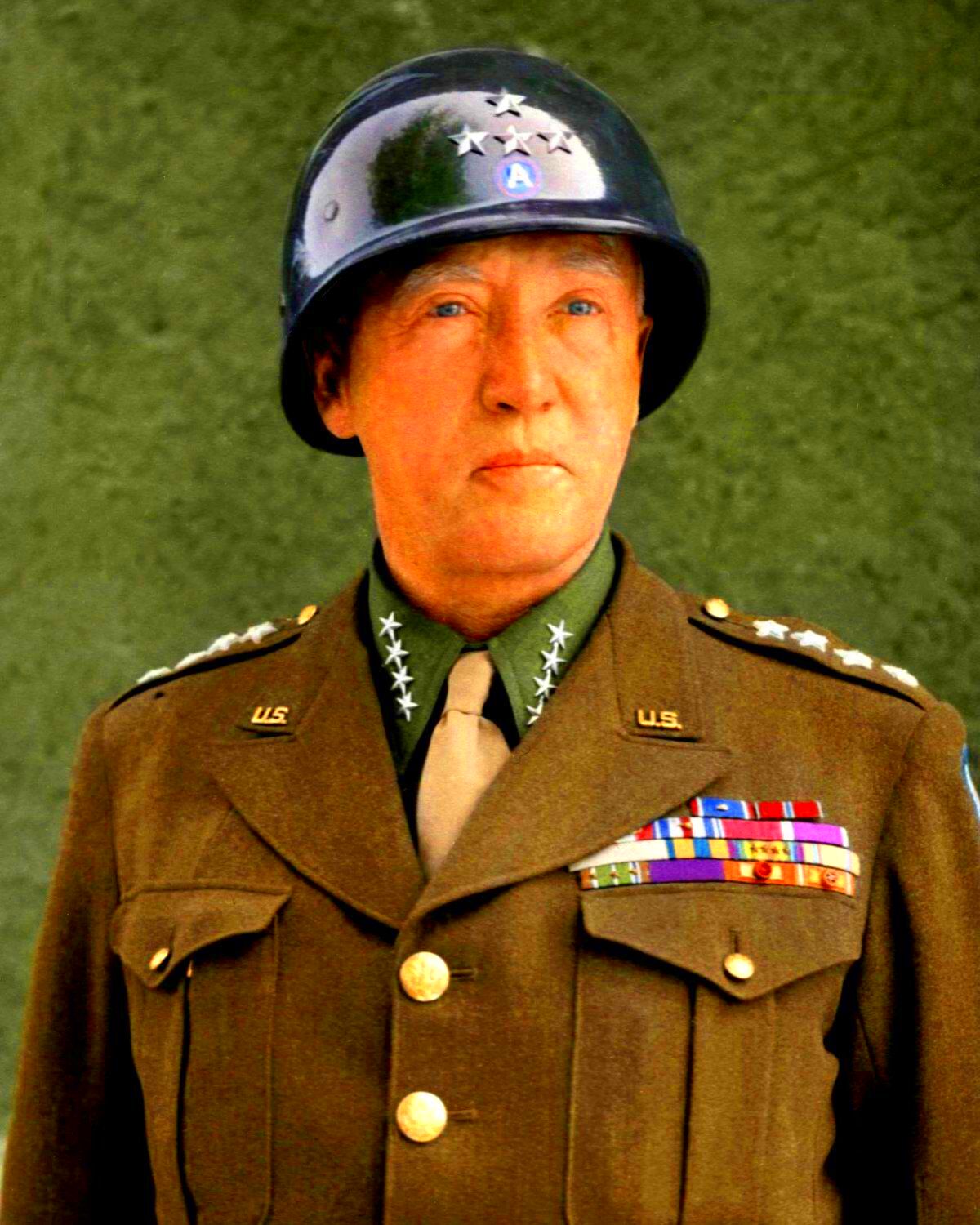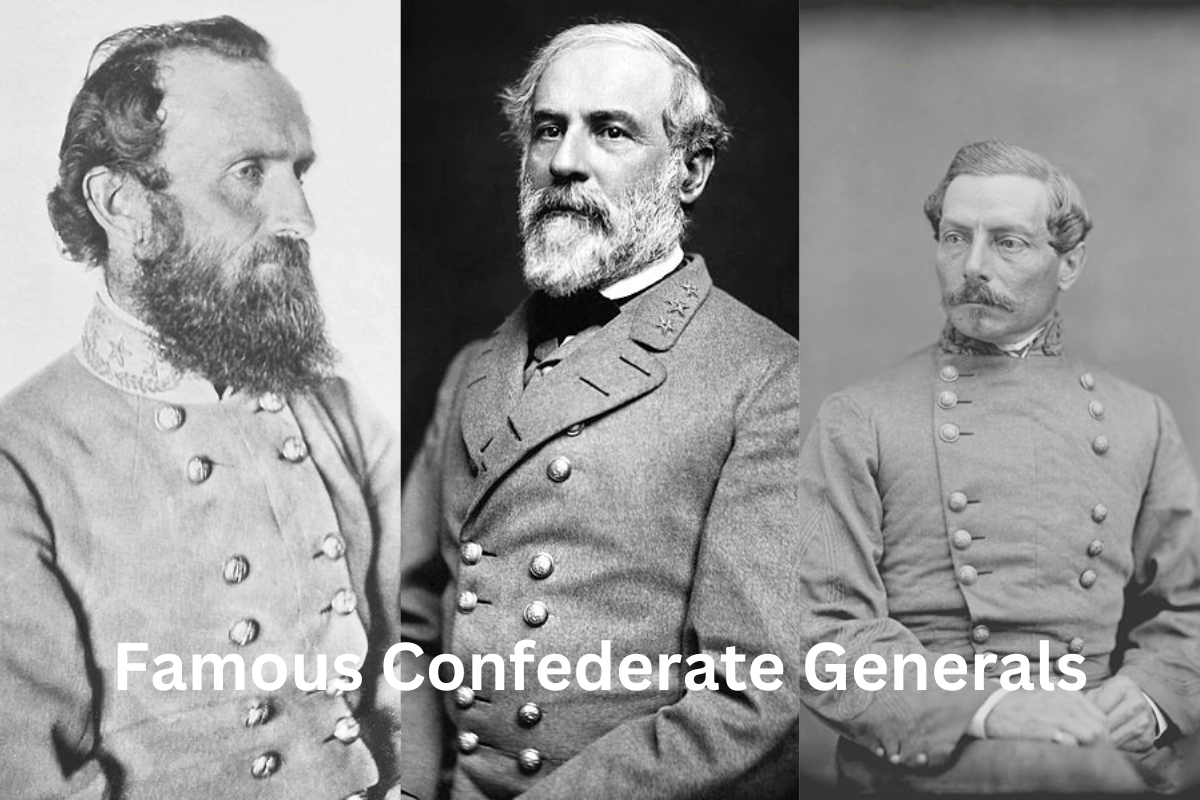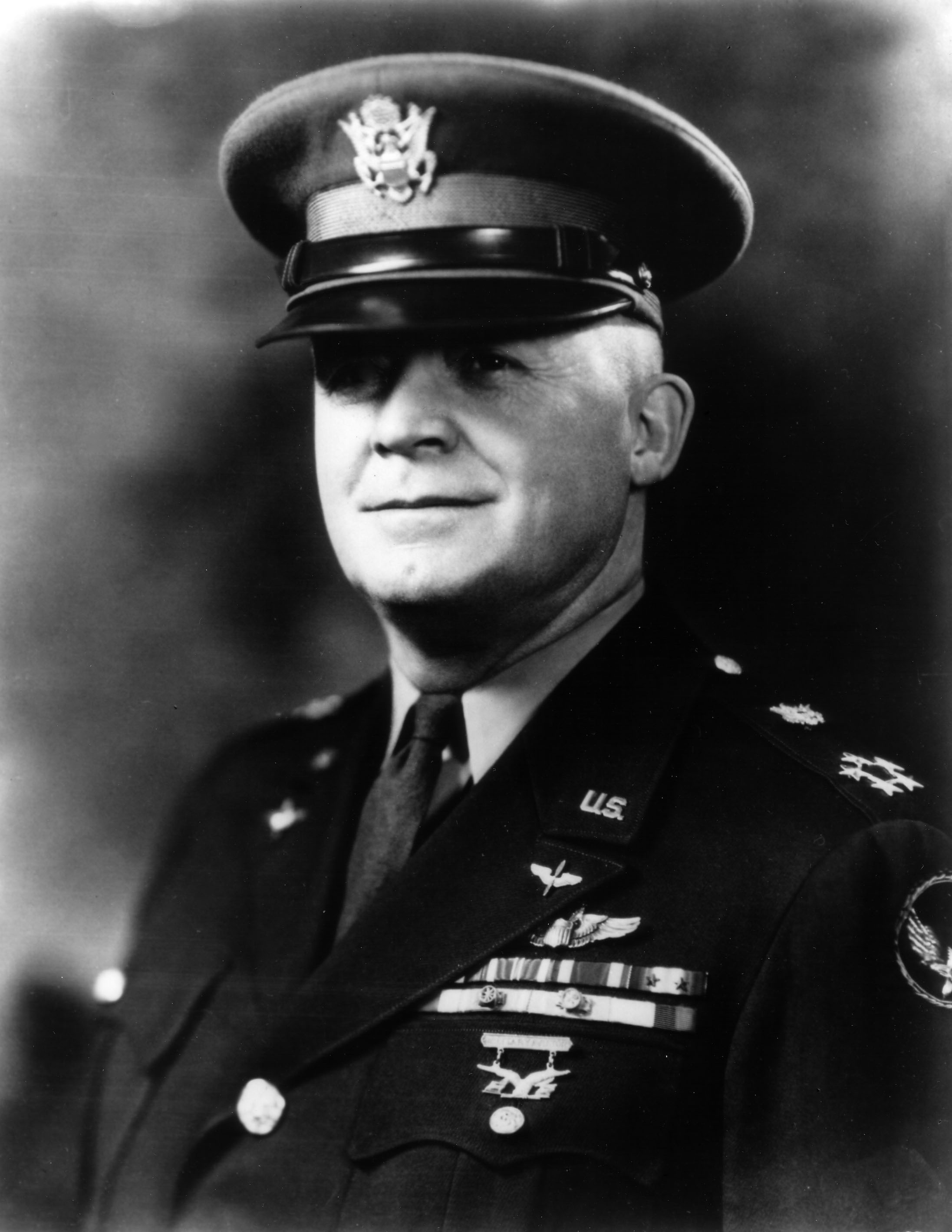Back in the bygone era, in the time of generals, there were several historic photographs that are used as a source to explore America’s history. In these pictures captured are not only military commanders but also their varied feelings, happenings and transformations.They are a link between tales of courage and donation to make our country what it is now. They remind us of difficulties which came along during critical historical events that were experienced by heros.
Significance of Generals in American History

The development and defense of the USA have always been greatly facilitated by generals. Wars and conflicts usually have away from these officers who are in charge of deciding their future. Here are some reasons why generals are important:
- Leadership: Generals are responsible for commanding troops and making strategic decisions.
- Influence on Policy: Their experiences and insights can shape military and government policy.
- Cultural Icons: Many generals become symbols of patriotism and resilience, inspiring future generations.
- Historical Documentation: They contribute to the historical narrative through their actions and decisions during critical events.
The complexity of American history can be appreciated better through the understanding of figures like these.
Notable Generals and Their Contributions

In the course of American history, many generals have had a significant influence. Below are some distinguished persons and their accomplishments:
| General | War | Contribution |
|---|
| George Washington | American Revolutionary War | Led the Continental Army to victory and became the first President of the United States. |
| Ulysses S. Grant | Civil War | Commanded Union forces that defeated the Confederacy, later served as President. |
| Douglas MacArthur | World War II | Played a key role in the Pacific theater and oversaw Japan's post-war reconstruction. |
| Dwight D. Eisenhower | World War II | Supreme Commander of Allied Forces in Europe, later became the 34th President. |
It is these generals who not only molded combat tactics but also transformed the politics. Their influence still lingers on in America’s culture and historical narrative.
Where to Find High-Quality Historical Photos

In case you are seeking for quality past
images of generals, you are in luck. Several data resources exist which give access to the vast trove of
images. So here are some good places where you can begin looking:
- Online Archives: Websites like the U.S. National Archives and Library of Congress provide extensive collections of historical images.
- Stock Photo Websites: Platforms such as HD Stock Images offer a variety of historical photos that are available for download.
- Museums: Many museums have digitized their collections, making it easier to access historical photos from their archives.
- Books and Documentaries: Many books on military history include high-quality images, and documentaries often feature archived photos.
While seeking pictures, focus on the quality of image and restrictions on copyrights. This is necessary because at times you need the rights to use certain
images, especially if they are intended for online publication or within presentations.
How Historical Photos Impact Our Understanding of History
Every historical photo has a unique story to tell even though most people may not know it. To many, these
images represent yesteryear but they are so much more than that. They are time capsules that enable us to view our ancestors as individuals with dreams and aspirations very similar to ours. Here are ways in which they shape our understanding of history:
- Visual Storytelling: Photos bring stories to life. They can evoke emotions and make historical events more relatable.
- Contextual Understanding: Images provide context to written accounts, helping us grasp the realities faced during different eras.
- Critical Thinking: Analyzing photos encourages critical thinking about the sources and perspectives of history.
- Connecting Generations: Photos help bridge the gap between generations, allowing younger people to visualize and connect with historical events.
In general, our comprehension is improved by historical photographs that make history palpable and appealing.
Using Historical Photos in Educational Settings
Integrating historical photographs in academic environments is an effective method of improving the overall quality of education. These are some of the ways to make such usage effective:
- Visual Aids: Use photos as visual aids during lectures to capture students' attention and illustrate key points.
- Group Discussions: Encourage students to analyze photos and discuss their interpretations in groups, fostering collaboration and critical thinking.
- Projects and Presentations: Assign projects that require students to research historical photos, helping them develop research skills and learn more about specific events.
- Creative Assignments: Have students create timelines or presentations using historical photos to present what they’ve learned creatively.
Making history alive and interesting for pupils is possible for teachers when they weave in old photos into their lessons. This way, learners get to view events from the perspectives of individuals who experienced them firsthand.
Tips for Preserving and Sharing Historical Photos
Because of their importance in keeping us connected with who we were, it’s crucial that we store as well as distribute these
images at all costs. The following suggestions would be advantageous in maintaining these priceless artifacts and disseminating them to other people:
- Proper Storage: Store photos in a cool, dry place away from direct sunlight. Use archival-quality boxes or sleeves to protect them from dust and damage.
- Digital Preservation: Scan physical photos to create digital copies. This ensures they can be shared easily and protected from deterioration.
- Use Descriptive Labels: When storing physical photos, label them with information like the date, location, and people in the image. This adds context and value.
- Share Digitally: Consider sharing digital copies on social media, blogs, or websites. Make sure to include credits and context to educate others about the photos.
- Engage with Communities: Join online forums or groups focused on historical photography. Sharing with like-minded enthusiasts can help preserve and spread awareness about these images.
This ensures the heritage is preserved and then artistic representation in the form of photographs is passed on to generations to come.
Frequently Asked Questions
Some Frequently Asked Questions regarding Historical
Images and their Importance:
What defines a historical photo?
- Historical photos are images that capture significant events, people, or places from the past, often providing insight into the cultural and social context of their time.
How can I tell if a photo is genuine?
- Look for markers such as the photo's source, historical context, and any accompanying documentation that may verify its authenticity.
Can I use historical photos for my projects?
- Yes, but make sure to check copyright restrictions. Many photos in the public domain can be freely used, while others may require permission.
What are the best ways to share historical photos online?
- Use social media platforms, blogs, or dedicated historical websites. Including descriptive captions and tags will help engage your audience.
Conclusion and Final Thoughts
Prized possessions that link us with our history are old photographs. They reveal how those who preceded us lived, aiding in the comprehension of historical intricacies. In this sense, by keeping these images and carefully sharing them, we will make it possible for our descendants to enjoy and understand common culture.Whether you are a teacher of students learning or else am a lover of history or just someone who loves a very interesting tale, adding some historical photos into your daily life can increase the way you see things around us. Hence, get lost in amazement as you look through these pictures and try to amplify their essence!
 The development and defense of the USA have always been greatly facilitated by generals. Wars and conflicts usually have away from these officers who are in charge of deciding their future. Here are some reasons why generals are important:
The development and defense of the USA have always been greatly facilitated by generals. Wars and conflicts usually have away from these officers who are in charge of deciding their future. Here are some reasons why generals are important: In the course of American history, many generals have had a significant influence. Below are some distinguished persons and their accomplishments:
In the course of American history, many generals have had a significant influence. Below are some distinguished persons and their accomplishments: In case you are seeking for quality past images of generals, you are in luck. Several data resources exist which give access to the vast trove of images. So here are some good places where you can begin looking:
In case you are seeking for quality past images of generals, you are in luck. Several data resources exist which give access to the vast trove of images. So here are some good places where you can begin looking:
 admin
admin








